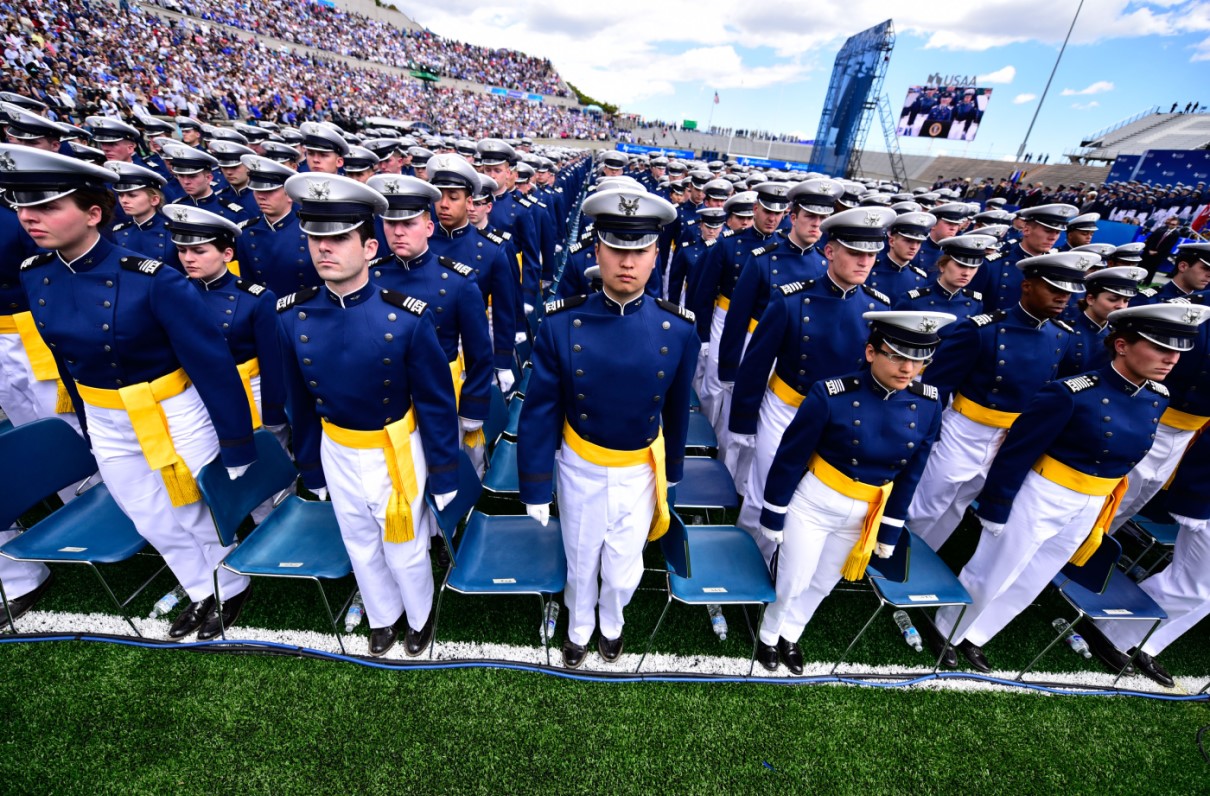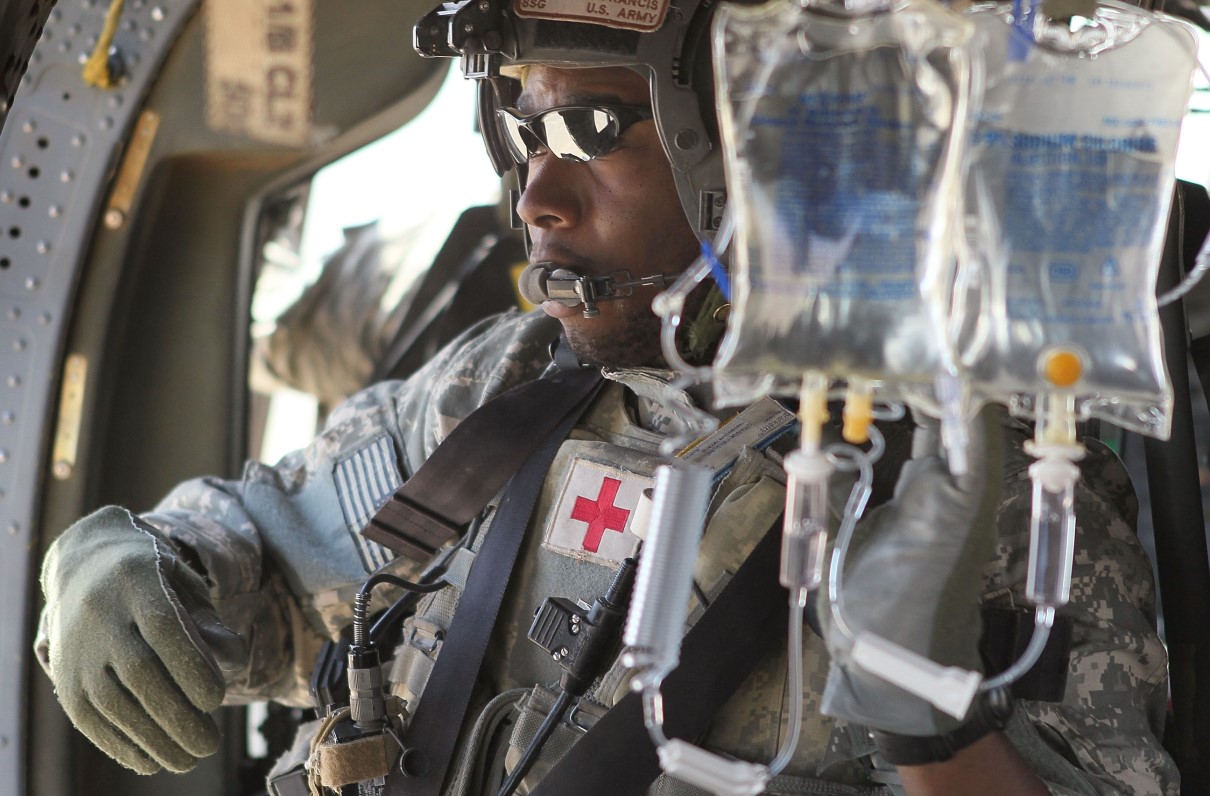This article by Kyle Rempfer originally appeared on Military Times, the nation's largest independent newsroom dedicated to covering the military and veteran community.
Senators want to look at the service obligations that graduates of U.S. military academies incur for the first time in more than 20 years.
The Senate Armed Services Committee wrote in the latest defense bill that the current eight-year service obligation for academy graduates hasn’t changed since 1996.
“Since that time, the real cost per graduate has increased by nearly 20 percent,” the committee wrote.
Graduates of the service academies must serve five years on active duty and the remainder can be served in the inactive reserve. Different careers in the military may require different time commitments after graduation, however.
[RELATED: Widows Tax Repeal, 3.1% Pay Raise, and More Move Forward as House Passes Defense Bill]
“Recent studies suggest service academy graduates have lower junior officer retention rates then other officer commissioning sources," lawmakers added. "Meanwhile, the increasingly technical nature of officer careers results in new officers spending less time at their first duty stations due to lengthier, more demanding, initial skills training courses.”
The service academies are often seen as some of the best educational opportunities in the United States. Tuition, room and board at academic institutions with admission rates and academic rigor comparable to Ivy League colleges are covered by the American taxpayer in exchange for a surplus of capable military officers to lead the armed forces.
However, the service academies regularly commission less than one fifth of the nation’s new officers each year, according to CNA Corporation, a nonprofit research and analysis firm.
[RELATED: Why Closing the ‘90-10 Loophole’ Will Help Military-Connected Students]
Additionally, the service academies spend four times more per new officer than a typical ROTC program and eight times more than typical graduates of officer training schools, according to a George Mason University Law School veteran and service member legal clinic.
Those stats have left some lawmakers wondering how they can keep the academies a net benefit for taxpayers.
The Senate’s language in the latest defense bill, which has yet to be signed into law, directs the secretary of defense and the subordinate secretaries of each military department to submit a report no later than April 1, 2020, on the issue of service obligation at the academies.
The report would detail how the real cost per military service academy graduate has changed since 1996 and how service academy graduate retention rates compare to those of other commissioning sources, such as ROTC at civilian colleges.
The report would also answer how an increase in the initial active-duty service obligation would impact academy application rates.
Additionally, lawmakers want the Defense Department to explain how a policy could be implemented that awards preference for admission to a service academy in exchange for an agreement to serve on active duty longer than the minimum amount of time.
The Senate is also offering the report to military leaders as an opportunity to solicit other policy recommendations that could be put in place to ensure an adequate return on investment for a service academy graduates.
Other articles by Military Times:
Here’s an updated map of military sites where DoD found cancer-causing chemicals in the drinking water
Off-duty Air National Guard member kills armed man at Maryland restaurant
98-year-old Marine veteran injured at Battle of Okinawa receives Purple Heart nearly 75 years later



